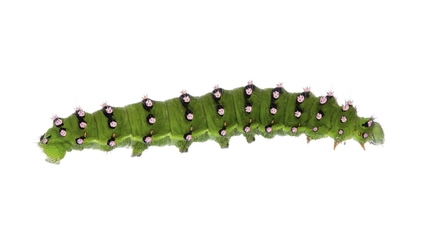Summer is a time of colour and life. Last month, our nature reserves were awash with jewel-hued kingfishers, butterflies and wildflowers; as well as a host of young animals growing up as quickly as they seemed to appear.
Brockholes
Brockholes nature reserve in Preston was a haven for all things feathered and furred in June. Little egrets and kingfishers fished on the Ribble, a fox was seen pottering across the entrance road, and reed, sedge and willow warblers filled the air with song.
Summers at Brockholes are great for family days out, and not just for us humans. June days were filled with the comings and goings of baby animals and their parents. Juvenile whitethroats and blue tits were spotted striking out on their own, while goosander and mallard chicks paddled after their parents. Great spotted woodpeckers were seen feeding their young at their tree holes, and each roe deer doe seemed to be followed by one or two youngsters that were losing their newborn-spots.
There were still lots of insects to see at Brockholes in June, including small skipper butterflies, magpie moths and brown hawker dragonflies. It was little surprise when you set eyes on the incredible-looking meadows; brimming with bee orchids, common spotted-orchids and yellow rattle.



